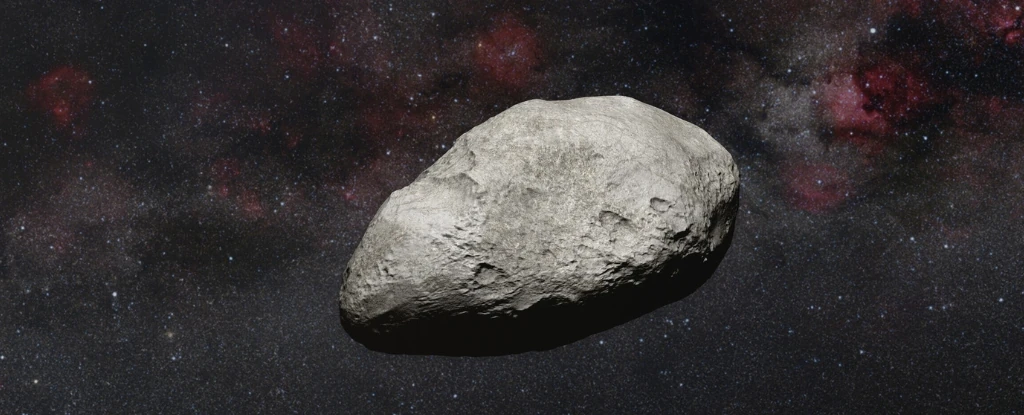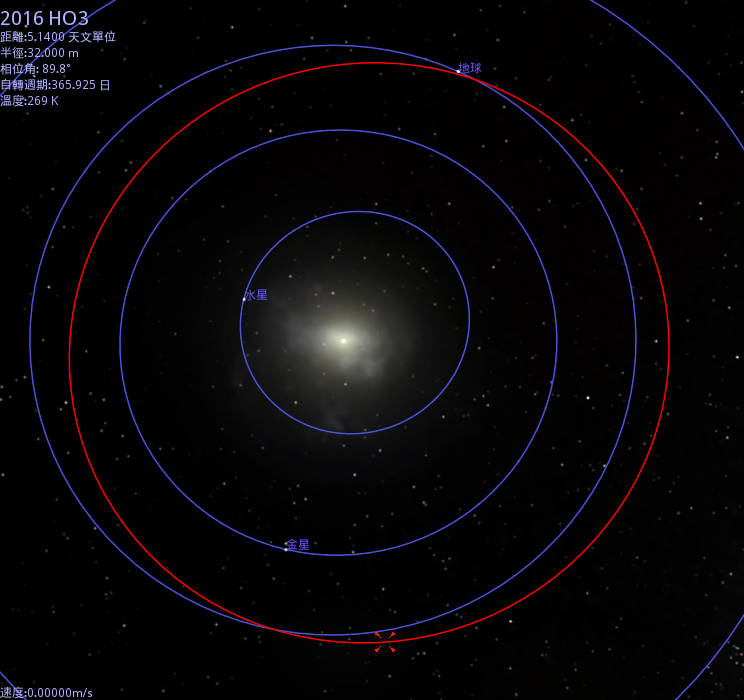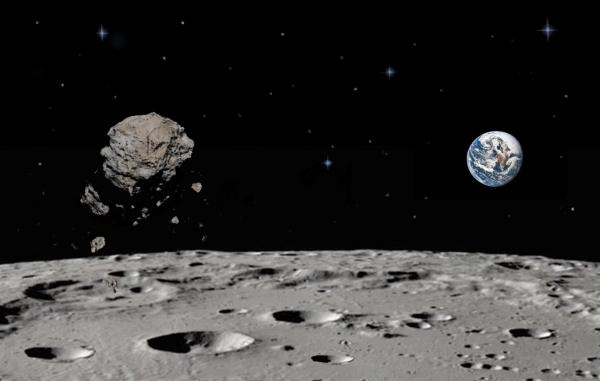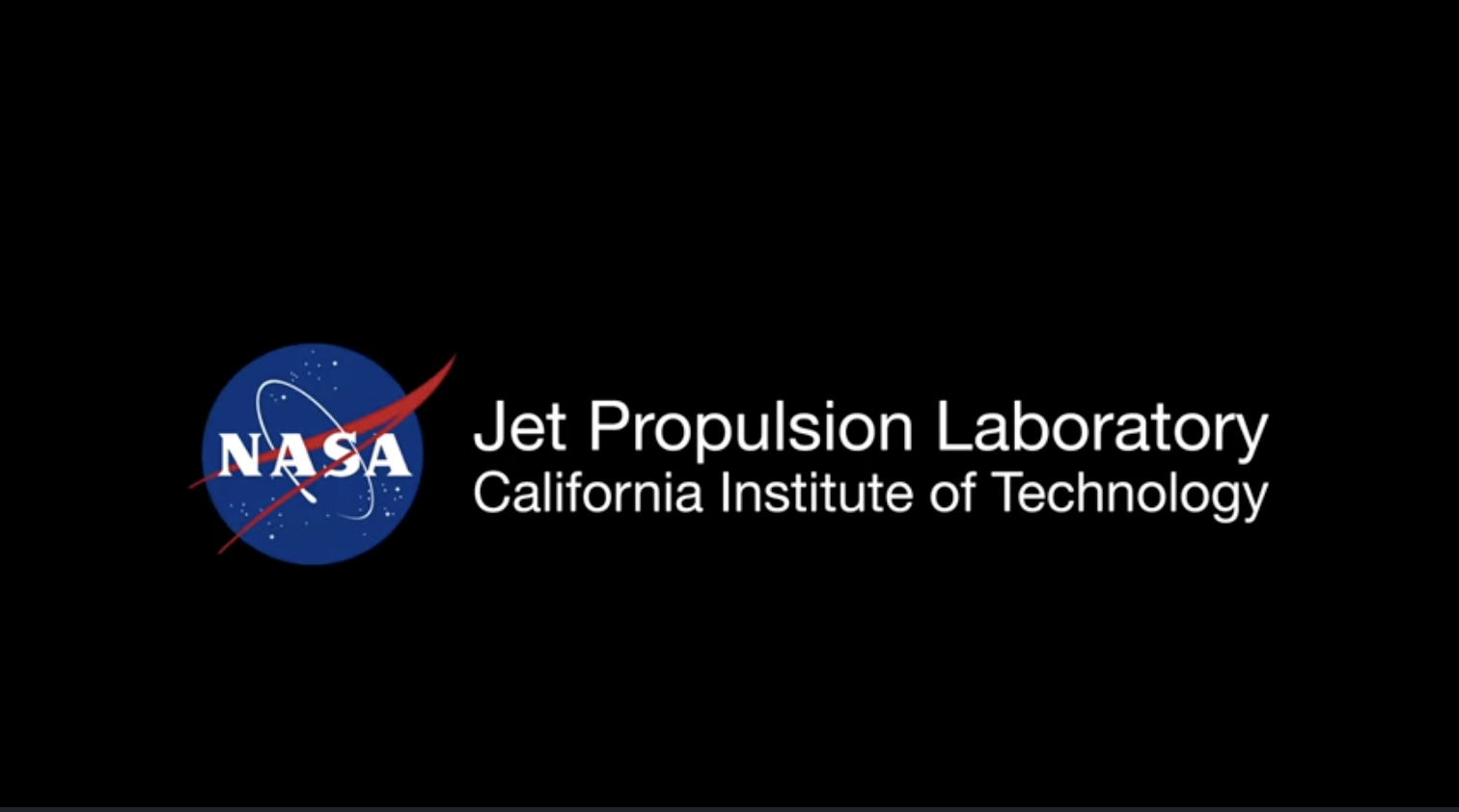U.S. News
Meet Kamooalewa, the Baby Moon Orbiting Earth
By Matt De Vlieger · December 21, 2023

The Discovery
A Celestial Revelation: Kamooalewa's Lunar Origin:A study in the journal Nature Communications Earth & Environment introduces us to Kamooalewa, an asteroid discovered in 2016 in Hawaii. Significantly, Kamo`oalewa is the first object near Earth with a lunar origin, adding a new dimension to our understanding of celestial bodies. Solar System Wiki

The Moon's Moon
Kamooalewa: A Dim Celestial Fragment:Kamooalewa, meaning "the oscillating celestial fragment," shines four million times fainter than what the naked eye can perceive. This miniature satellite, with dimensions of 40 to 60 meters, enters Earth's proximity in April, providing a brief window for observation with powerful telescopes. It challenges our perception of the Moon, offering unique insights into its formation. JPL/NASA

Quasi-Satellite Characteristics
Quasi-Satellite Enigma: Studying the Shadows:Classified as a "quasi-satellite," Kamo`oalewa orbits the Sun but hovers remarkably close to Earth. The challenges lie in studying such quasi-satellites, hidden in darkness due to their small size. Scientists, armed with the Gran Telescopio Binocular, decipher the secrets by analyzing light reflection, uncovering a spectrum akin to lunar samples from the Apollo missions. Juan A. Sanchez/Planetary Science Institute

Unraveling the Future
Kamooalewa's Legacy: Lunar Mysteries Await Unveiling:As researchers unravel Kamooalewa's lunar origin, they discover three other objects sharing a similar orbit. While these could be companions to the celestial fragment, further research is imperative. With Kamo`oalewa expected to maintain its orbit for another 300 years, a window of opportunity opens to delve deeper into the mysteries of lunar origins and its enigmatic companionship with Earth.
NASA Jet Propulsion Laboratory

NASA on "NEO"
Paul Chodas, manager of NASA's Center for Near-Earth Object (NEO) Studies at the Jet Propulsion Laboratory in Pasadena, California, commented on the orbit:"Since 2016 HO3 loops around our planet, but never ventures very far away as we both go around the Sun, we refer to it as a quasi-satellite of Earth. One other asteroid – 2003 YN107 – followed a similar orbital pattern for a while over 10 years ago, but it has since departed our vicinity. This new asteroid is much more locked onto us. Our calculations indicate 2016 HO3 has been a stable quasi-satellite of Earth for almost a century, and it will continue to follow this pattern as Earth's companion for centuries to come." NASA Jet Propulsion Laboratory